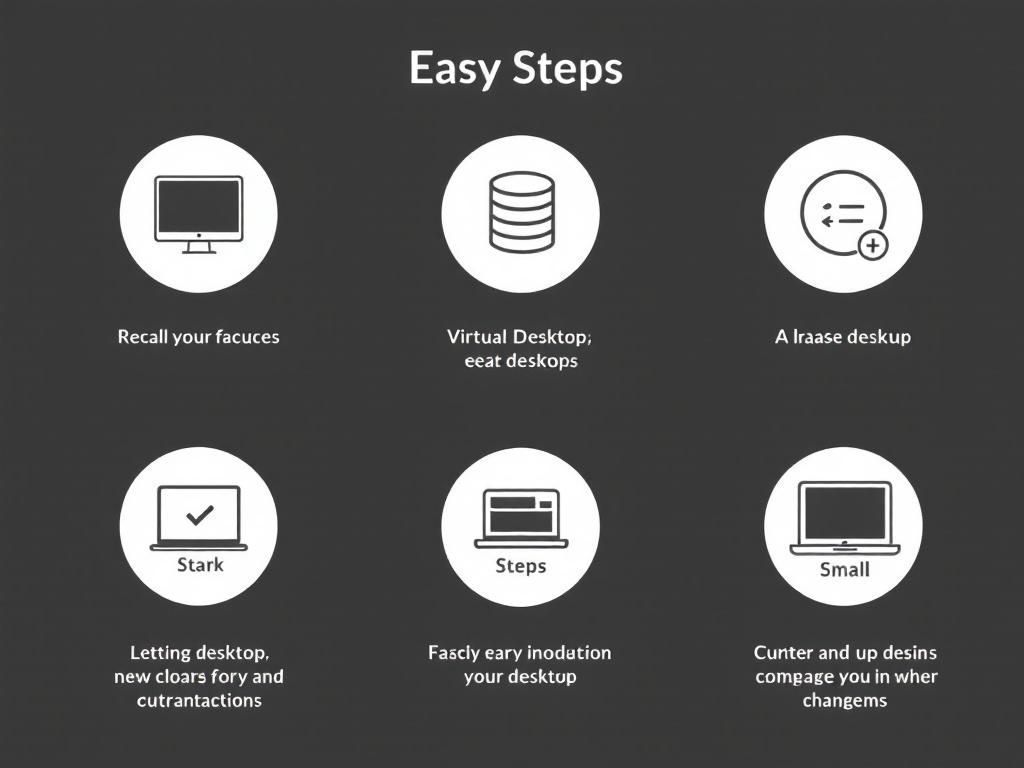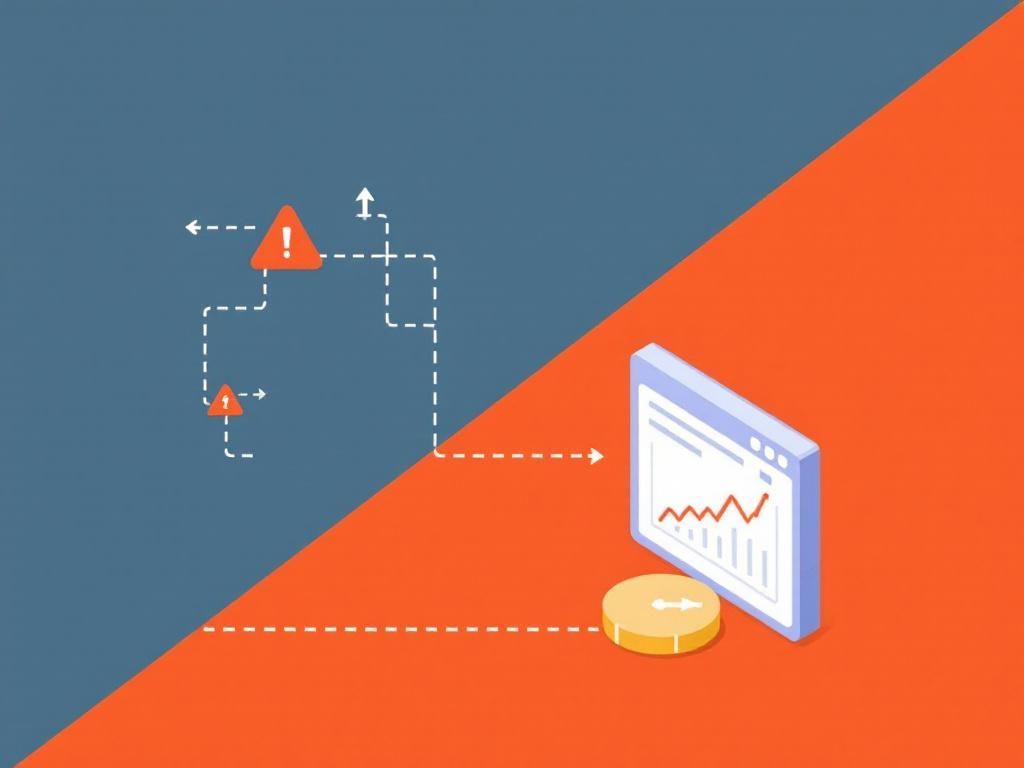Top Cloud Infrastructure Monitoring Solutions for 2025
Discover the best cloud infrastructure monitoring solutions of 2025 to enhance performance, security, and reliability for your business.

The landscape of cloud infrastructure monitoring is rapidly evolving, driven by the increasing complexities of cloud environments and the demand for real-time data analytics. As organizations move towards hybrid and multi-cloud infrastructures, the need for robust monitoring solutions becomes paramount. This article explores the most effective cloud infrastructure monitoring solutions in 2025, highlighting their features, advantages, and the unique aspects that set them apart in the competitive market.
Table of Contents
Understanding Cloud Infrastructure Monitoring
Cloud infrastructure monitoring refers to the tools and practices that ensure the performance, security, and reliability of cloud services. Effective monitoring enables organizations to:
- Track resource utilization
- Identify and mitigate potential threats
- Ensure compliance with regulatory standards
- Optimize performance and costs
As cloud environments become more intricate, monitoring solutions must offer comprehensive insights across various cloud services, platforms, and applications.
Key Features of Top Monitoring Solutions
Real-Time Performance Metrics
Having access to real-time performance metrics is critical for identifying issues before they impact users. Key metrics typically include:
- CPU and Memory Usage
- Network Latency
- Disk I/O Operations
- Application Response Times
Alerting and Notifications
Effective monitoring tools provide customizable alerting systems that notify administrators of performance dips or breaches in set thresholds. Alerts can be configured to trigger:
- Via email
- Through SMS
- On integrated communication platforms like Slack
Integration Capabilities
The best cloud monitoring solutions seamlessly integrate with existing tools and services, including:
- CI/CD pipelines
- Security information and event management (SIEM) tools
- Third-party APIs
Top Cloud Infrastructure Monitoring Solutions in 2025
1. Datadog
Datadog continues to be a front-runner in the cloud monitoring space, offering an extensive suite of tools for full-stack observability. Its key features include:
- Comprehensive dashboards for visual analytics
- A wide range of integrations with cloud providers like AWS, Google Cloud, and Azure
- Advanced APM (Application Performance Monitoring) capabilities
2. New Relic
New Relic excels in application performance monitoring and provides powerful insights into user interactions and system performance. Key advantages include:
- User-friendly interface for real-time monitoring
- Customized alerting based on various metrics
- Detailed transaction tracing capabilities
3. Prometheus
Prometheus is an open-source monitoring solution that is particularly favored by organizations adopting container orchestration tools like Kubernetes. Its prominent features are:
- Powerful querying language for extracting insights
- Multi-dimensional data model for monitoring complex systems
- Ability to record real-time metrics
4. Grafana
Often used in conjunction with Prometheus, Grafana is a leading visualization tool that helps teams analyze and visualize data. Key functionalities include:
- Customizable dashboards for various data sources
- Rich visualizations like graphs, heatmaps, and histograms
- Alerts and notifications for critical metrics
5. Azure Monitor
For organizations heavily invested in the Microsoft ecosystem, Azure Monitor is an indispensable tool. It offers:
- Integrated analytics capabilities within the Azure platform
- Support for both on-premises and cloud-based resources
- Automated insights and recommendations
Benefits of Investing in Cloud Monitoring Tools
Investing in effective cloud infrastructure monitoring tools provides numerous advantages, including:
- Proactive Issue Resolution: By identifying issues before they escalate, organizations can maintain service availability and enhance user satisfaction.
- Cost Optimization: Monitoring resource utilization helps organizations avoid unnecessary expenses by optimizing resource allocation.
- Enhanced Security: Continuous monitoring alerts teams to potential security threats, aiding in compliance and risk management.
- Improved Performance: Insightful data helps teams make informed decisions for optimizing application performance and resource use.
Choosing the Right Monitoring Tool
When selecting a cloud infrastructure monitoring solution, organizations should consider several key factors:
- Scalability: The solution should be able to grow alongside your organization’s needs.
- Ease of Use: An intuitive interface will facilitate adoption across teams.
- Cost: Evaluate whether the pricing model aligns with your budget and expected ROI.
- Support and Community: A strong support system and active community can aid in troubleshooting and maximizing tool capabilities.
Future Trends in Cloud Monitoring
The cloud monitoring landscape is poised for continued evolution. Key trends to watch include:
- AI and Machine Learning: Leveraging AI for predictive analytics to foresee potential failures and automate responses.
- Increased Emphasis on Security: As cyber threats evolve, monitoring solutions will need to integrate advanced security features.
- Unified Monitoring Solutions: The trend towards integrated platforms that provide comprehensive monitoring across all infrastructure components.
Conclusion
As organizations become more reliant on cloud infrastructure, the need for effective monitoring solutions becomes clear. The tools mentioned in this article represent some of the top options available in 2025, each offering unique strengths that cater to different organizational needs. By adopting the right solutions, businesses can ensure optimal performance, reliability, and security in their cloud environments.
FAQ
What are the top cloud infrastructure monitoring solutions for 2025?
In 2025, some of the best cloud infrastructure monitoring solutions include AWS CloudWatch, Azure Monitor, Datadog, New Relic, and Prometheus.
How do I choose the right cloud monitoring solution for my business?
Consider factors like scalability, integration capabilities, user interface, pricing, and specific features such as real-time monitoring and alerting when choosing a cloud monitoring solution.
What features should I look for in a cloud infrastructure monitoring tool?
Key features to look for include real-time analytics, automated alerts, customizable dashboards, support for multiple cloud environments, and detailed reporting capabilities.
Are free cloud monitoring solutions effective for businesses in 2025?
While free cloud monitoring solutions can provide basic functionalities, businesses may find premium options more effective due to advanced features, support, and scalability.
How does cloud monitoring impact overall system performance?
Effective cloud monitoring helps identify bottlenecks and performance issues, allowing for proactive management that enhances overall system performance and reliability.








